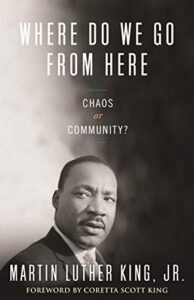 Summary: Second, in what is probably a trilogy of memoirs, roughly covering 1963 to 1986.
Summary: Second, in what is probably a trilogy of memoirs, roughly covering 1963 to 1986.
It has been almost exactly nine years since I read, and loved, Julie Andrews’ first memoir Home. That memoir of her early years in vaudeville and her time in the theater and the breakout roles on Broadway was well told and extremely well narrated. This memoir, Home Work, picks up with the filming of Mary Poppins, right where the first memoir left off.
I mostly listened to Home Work, with some occasional reading on kindle (I bought both on sale). The production of this audiobook did not use any music as the first one did, but that makes sense because the period is covering an era when Julie Andrews was mostly acting in film and then singing in variety shows or specials on TV.
The weakness of Home Work is an expanded version of the problems of Home, the detail. I am not sure how to avoid the issue as a writer. As a reader, especially as a reader that has not seen any of her movies between Sound of Music and Princess Diaries, the details about shooting and costars was not why I picked up the book. I am sure others are more interested in that portion of the book.
What was engaging about Home and was also present here is her introspection. Mostly she is opening herself up to the world and sharing what her life has been like. The level of drug abuse and alcoholism around her is tragic, with children, siblings, parents, her husband. She shares freely about her struggles of depression as well as the depression of her husband and many others. There are more than a few suicide attempts by those around her.
Home Work is a story of ‘more money, more problems’. Her first marriage ended essentially because both she and her husband were never together. After all, they were pursuing separate careers in the film world. She had long stints filming around the world, and he had long jobs designing films (so that even when they were working on the same movies, they were not working at the same time). Later, when she married her second husband, Blake Edwards, a director, and mostly working together on movies, they bought houses and boats and spent money taking care of dependent relatives so that they felt compelled to keep working. It was a bitter cycle; they had to work to pay for their lifestyle, but also had to pay for assistants and nannies and people to take care of their homes because they were working all the time.
Read more
 Summary: Short book thinking about how we can arrange our lives to think about them as service to God.
Summary: Short book thinking about how we can arrange our lives to think about them as service to God.







